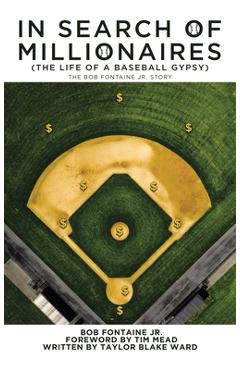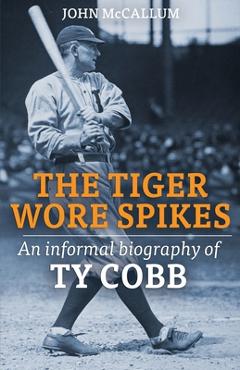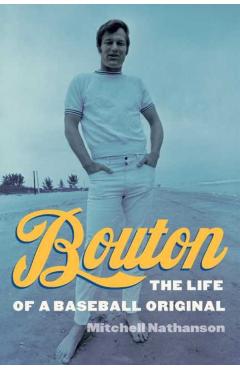Forty Years a Giant: The Life of Horace Stoneham

Forty Years a Giant: The Life of Horace Stoneham
Finalist for the 2021 CASEY Award for Best Baseball Book of the Year When New York Giants owner Charles A. Stoneham came home one night in 1918 and told his teenage son, Horace, "Horrie, I bought you a ballclub," he set in motion a family legacy. Horace Stoneham would become one of baseball's greatest figures, an owner who played an essential role in integrating the game, and who was a major force in making our pastime truly national by bringing Major League Baseball to the West Coast. Horace Stoneham began his tenure with the Giants in 1924, learning all sides of the operation until he moved into the front office. In 1936, when his father died of kidney disease, Horace assumed control of the Giants at age thirty-two, becoming one of the youngest owners in baseball history. Stoneham played a pivotal role in not just his team's history but the game itself. In the mid-1940s when the Pacific Coast League sought to gain Major League status, few but Stoneham and Branch Rickey took it seriously, and twelve years later the Giants and Dodgers were the first two teams to relocate west. Stoneham signed former Negro Leaguers Monte Irvin and Hank Thompson, making the Giants the second National League franchise to racially integrate. In the late 1940s, the Giants hired their first Spanish-speaking scout and soon became the leading team in developing Latin American players. Stoneham was shy and self-effacing and avoided the spotlight. His relationships with players were almost always strong, yet for all his leadership skills and baseball acumen, sustained success eluded most of his teams. In forty seasons his Giants won just five National League pennants and only one World Series. The Stoneham family business struggled, and the team was forced to sell off its beloved stars, first Willie Mays, then Willie McCovey, and finally Juan Marichal. Then Stoneham had no choice but to sell the club in 1975. While his tenure came to an unfortunate end, he is heralded as a pioneer and leader whose story tells much of baseball history from the 1930s through the 1970s.
PRP: 229.09 Lei
Acesta este Pretul Recomandat de Producator. Pretul de vanzare al produsului este afisat mai jos.
206.18Lei
206.18Lei
229.09 LeiIndisponibil
Descrierea produsului
Finalist for the 2021 CASEY Award for Best Baseball Book of the Year When New York Giants owner Charles A. Stoneham came home one night in 1918 and told his teenage son, Horace, "Horrie, I bought you a ballclub," he set in motion a family legacy. Horace Stoneham would become one of baseball's greatest figures, an owner who played an essential role in integrating the game, and who was a major force in making our pastime truly national by bringing Major League Baseball to the West Coast. Horace Stoneham began his tenure with the Giants in 1924, learning all sides of the operation until he moved into the front office. In 1936, when his father died of kidney disease, Horace assumed control of the Giants at age thirty-two, becoming one of the youngest owners in baseball history. Stoneham played a pivotal role in not just his team's history but the game itself. In the mid-1940s when the Pacific Coast League sought to gain Major League status, few but Stoneham and Branch Rickey took it seriously, and twelve years later the Giants and Dodgers were the first two teams to relocate west. Stoneham signed former Negro Leaguers Monte Irvin and Hank Thompson, making the Giants the second National League franchise to racially integrate. In the late 1940s, the Giants hired their first Spanish-speaking scout and soon became the leading team in developing Latin American players. Stoneham was shy and self-effacing and avoided the spotlight. His relationships with players were almost always strong, yet for all his leadership skills and baseball acumen, sustained success eluded most of his teams. In forty seasons his Giants won just five National League pennants and only one World Series. The Stoneham family business struggled, and the team was forced to sell off its beloved stars, first Willie Mays, then Willie McCovey, and finally Juan Marichal. Then Stoneham had no choice but to sell the club in 1975. While his tenure came to an unfortunate end, he is heralded as a pioneer and leader whose story tells much of baseball history from the 1930s through the 1970s.
Detaliile produsului





























